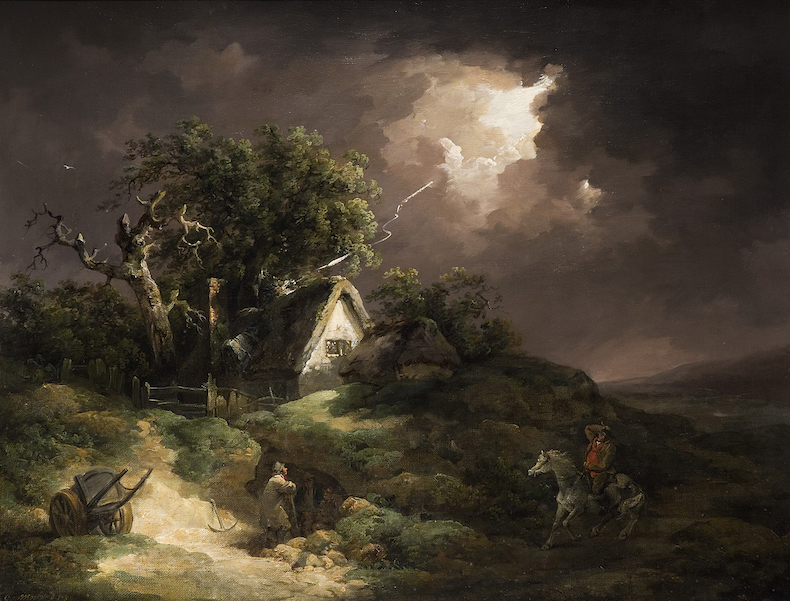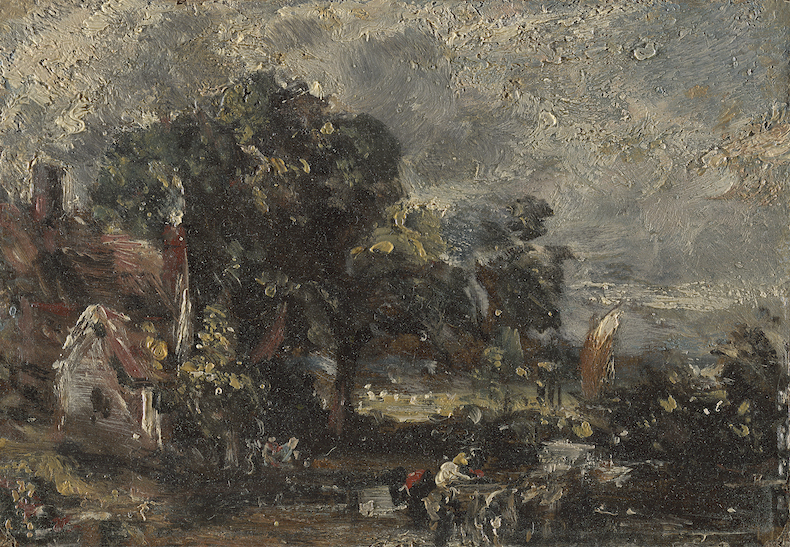With its bucolic depiction of haymakers toiling in verdant Suffolk fields, John Constable’s The Hay Wain (1821) has long been regarded as the peak of British landscape painting. This wasn’t always the case – when first shown in Britain, the work was deemed radical for Constable’s loose brushwork and vibrant palette, and it wasn’t until the Paris Salon in 1824, where it was awarded a gold medal by King Charles X of France, that it gained widespread acclaim. Two hundred years on, The Hay Wain is the centrepiece of this exhibition at the National Gallery, part of the institution’s bicentenary celebrations (17 October–2 February 2025). It’s joined by a number of Constable’s other works and sketches – including studies for The Hay Wain produced years before he embarked on the painting – as well as rural scenes by his contemporaries, such as George Morland and William Mulready. Also on display are materials that explore the social and political shifts of the early 19th century, which provide context for the works’ creation (and are somewhat belied by The Hay Wain’s pastoral idyll), and several more recent works that The Hay Wain has directly inspired.
Find out more from the National Gallery’s website.
Preview below | View Apollo’s Art Diary

The Coming Storm – Isle of Wight (1789), George Morland. Photo: courtesy Wolverhampton Art Gallery Todd-White Art Photography

Sketch for The Hay Wain (c. 1820), John Constable. Photo: © Yale Center for British Art, New Haven

Political balance- unexpected inspection- or a good old master takeing a peep into the state of things himself (1816), Charles Williams (?). Photo: © The Fagan Collection of Political Prints and Caricatures. University of Nottingham Manuscripts and Special Collections





 Top drawers – a brief history of sketching through the ages
Top drawers – a brief history of sketching through the ages








![Masterpiece [Re]discovery 2022. Photo: Ben Fisher Photography, courtesy of Masterpiece London](http://zephr.apollo-magazine.com/wp-content/uploads/2022/07/MPL2022_4263.jpg)
‘Like landscape, his objects seem to breathe’: Gordon Baldwin (1932–2025)